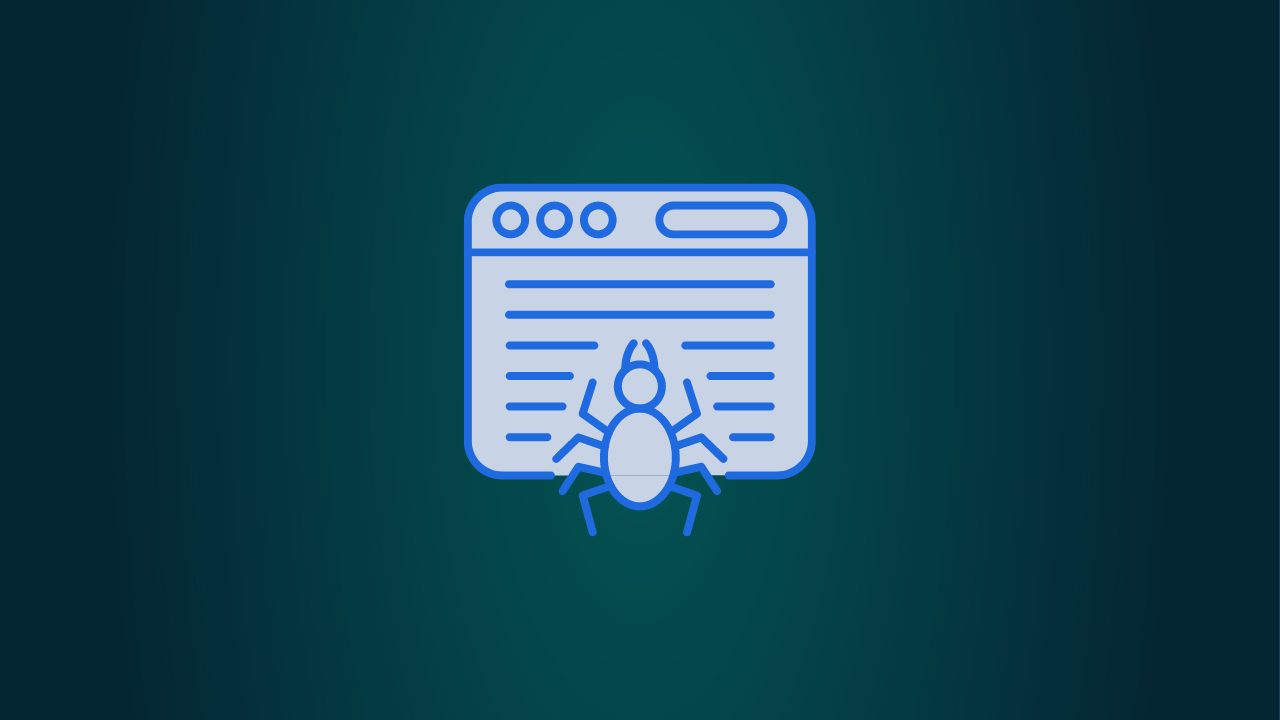
आवासीय प्रॉक्सीज़ ने 23 अप्रैल को 220,000 यूएस आईपी जोड़े।


AI वेब डेटा स्क्रैपिंग अनन्य प्रॉक्सी योजना [ असीमित ट्रैफ़िक, 100G+ बैंडविड्थ ]

 Language
Language

Two such tools—web crawlers and web scrapers—are often used interchangeably, yet they serve distinct purposes and function differently. Understanding their roles and differences is essential for selecting the right tool for your data extraction needs.
This blog will offer an in-depth comparison between web crawlers and web scrapers, discussing their definitions, working mechanisms, key differences, and the scenarios where each is most applicable. We'll also explore some popular technologies to help you make an informed decision.
A web crawler, also known as a spider or bot, is a program designed to systematically browse the internet, following links and indexing the content it discovers. Web crawlers are foundational to search engines like Google, Bing, and Yahoo, as they create an index of all the web pages they visit, making it easier for users to find relevant information through search queries.

Web crawlers start by visiting a set of URLs known as seeds. Once the crawler downloads the content from a seed URL, it scans the webpage for any hyperlinks to other pages. It then follows those links, repeating the process on newly discovered pages. This recursive behavior allows the crawler to explore large portions of the web efficiently.
Crawlers usually operate under a set of rules specified in a website's robots.txt file, which tells them which pages they can or cannot access. This file helps prevent overloading servers and ensures that sensitive or irrelevant parts of a website remain untouched.
A web scraper is a tool used to extract specific data from web pages. Unlike a web crawler that indexes entire websites, a web scraper targets specific information such as prices, product descriptions, or user reviews. Web scraping can be highly customized to pull data from websites for various purposes, such as research, market analysis, or customer relationship management (CRM) systems.
Web scrapers send requests to specific URLs to fetch the raw HTML of a webpage. They then parse the content using predefined rules to extract relevant data, such as text within specific HTML tags. Web scrapers often rely on web scraping libraries like Beautiful Soup or frameworks like Scrapy to automate the process and ensure accuracy.
While a crawler scans pages broadly, a scraper focuses narrowly on predefined areas of interest, like a product price field or a user review section. The extracted data is usually exported into structured formats like CSV or JSON for analysis.
While both web crawlers and web scrapers interact with web pages, their objectives, methods, and technical implementations are vastly different. Below is a breakdown of the primary differences:
- Web Crawlers are designed to systematically explore and index content across a wide range of websites. Their focus is on discovering new data and providing a searchable index for users, like in search engines.
- Web Scrapers, in contrast, are laser-focused on extracting specific pieces of data from web pages. They are often employed for gathering structured data, such as pricing information or contact details.
- Crawlers collect vast amounts of data for indexing. Search engines, for example, store this indexed data in large databases that are optimized for search retrieval.
- Scrapers typically extract smaller, targeted data sets that are stored in structured formats like CSV or JSON files, making the data ready for immediate use and analysis.
- Web Crawlers often require advanced algorithms to manage URL discovery, link structures, and data indexing. They must be capable of handling vast volumes of data across multiple websites.
- Web Scrapers are usually implemented with HTML parsers and libraries that make it easier to extract specific elements from a webpage, such as by identifying HTML tags or CSS selectors.
- Crawlers generally respect a site’s robots.txt file, which tells the crawler which sections of a website it is allowed to access.
- Scrapers can face legal and ethical challenges if they violate terms of service, scrape protected or copyrighted data, or overwhelm website servers with too many requests.
Apache Nutch: An open-source web crawler that is highly scalable and ideal for large-scale data collection.
Scrapy: A fast and popular framework that combines both web crawling and scraping capabilities, often used in Python projects.
Beautiful Soup: A powerful Python library that simplifies the process of extracting data from HTML and XML files.
Octoparse: A visual web scraping tool that doesn’t require coding skills, making it accessible to non-programmers.
Web crawlers and web scrapers play vital roles in data extraction and web automation, but they serve very different purposes. Web crawlers are primarily used for indexing large amounts of data across multiple websites, making them perfect for search engines or content aggregation. On the other hand, web scrapers focus on extracting specific information, making them ideal for targeted data collection, market research, and lead generation.
Choosing between the two depends on your goals: if you need broad data discovery, a web crawler is the tool for the job; if you need specific, structured data, web scrapers offer the precision you need. With the right tools in hand, you can harness the power of web data to drive business decisions, research, and growth.
